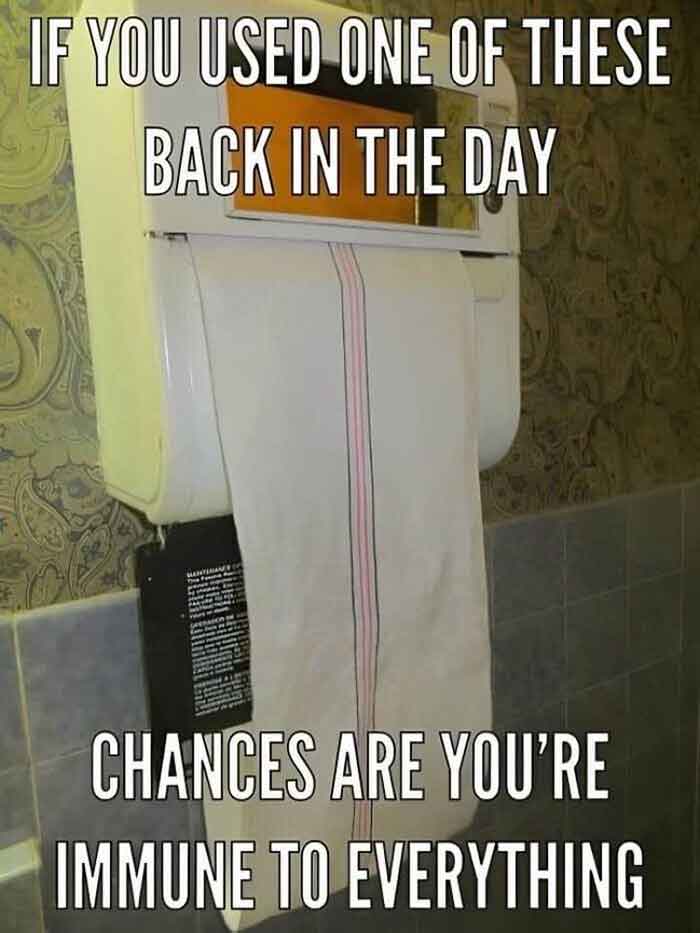Suburban parents nowadays worry obsessively about their kids catching something. Some parents even carry around little packages of sanitary wipes, so that they can sterilize surfaces in advance of their progeny. As if an American kid is going to catch Ebola at a birthday party.
This obsession with a germ-free childhood is a recent invention. GenXers grew up in an environment in which germ theory was understood, but not always given much consideration.
It was not uncommon in the 1970s to see kids passing around and drinking from the same bottle of soda. Maybe someone wiped the mouth of the bottle clean before they handed it to you…but probably not. Nor could you easily object. To express too much fastidiousness about the casual exchange of bodily fluids would have been regarded as fussy, especially among boys.
The childhood tradition of becoming “blood brothers” was mostly obsolete by the 1970s, but it happened. In that era before AIDS, no one worried about mixing blood, either.
We were sometimes told to “wash our hands”, but that carried its own dangers. School restrooms were unhygienic by today’s standards. They were often equipped with creaky cloth towel cabinets, in which the same towel roll was recycled again and again. (Twenty-first-century versions of the cloth roll towel cabinet are reasonably sanitary, I am told. But the ones you would typically find in a public school restroom in 1978? Not so much.)
Was this lax approach to juvenile hygiene a good thing, or a bad thing? Arguably the proof is in the pudding. The majority of us made it to adulthood without expiring from any communicable diseases. I am now in my mid-50s, and I rarely get a cold. So I suppose there is something to be said for naturally acquired immunity.
-ET

